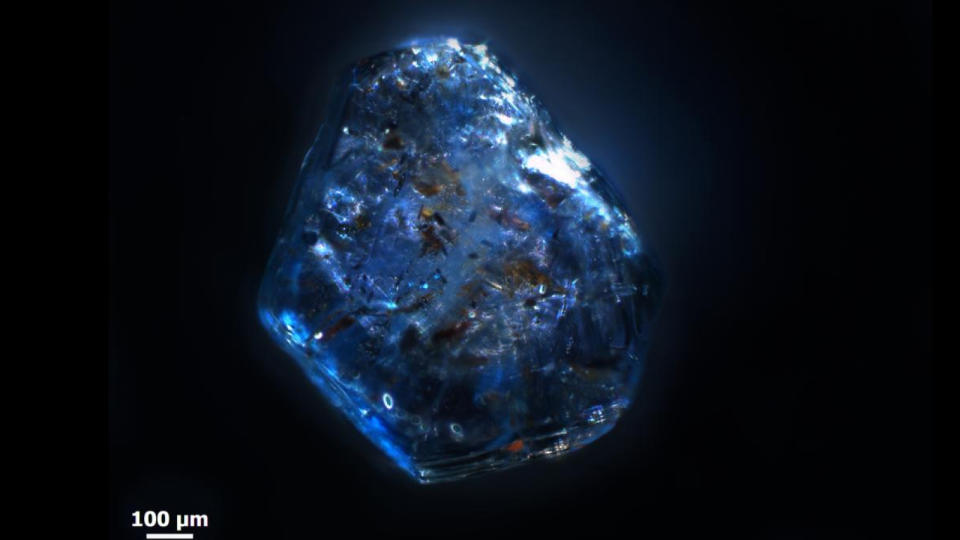When you buy through links on our articles, Future and its syndication partners may earn a commission.


Brilliant-blue sapphires look like bits of sky brought down to Earth — but a new study finds these gemstones are from a different boundary: the one between the planet’s crust and magma welling up from the mantle, Earth’s middle layer.
Sapphires have been thought to form in the mantle itself or in the lower sections of the crust, study senior author Axel Schmitt, a geologist at Curtin University in Australia who conducted the work while at Heidelberg University in Germany, told Live Science. But the new research finds that, instead, sapphires are born higher in the crust, in the hearts of volcanoes where magma rises to only about 3 miles (5 kilometers) below the surface.
“We can pinpoint this region as the ‘crucible’ where sapphire formed,” Schmitt said.
Gem-quality sapphires typically come from placer deposits, which are river sediments that wash minerals out of their original source rock. Without those source rocks, it’s tough to get information on how the gems formed. Schmitt and his colleagues turned to the Eifel formation in western Germany, which was created by volcanoes over a long period stretching from the Cretaceous period (145 million to 65 million years ago) to the most recent eruption 13,000 years ago.
“The Eifel volcanic field shares many similarities with basaltic volcanic fields that are often identified as the sources for sapphire placer deposits,” Schmitt said. “However, it is much younger,” making it a promising place to investigate the chemistry and age of sapphires found there.
Sapphires are made of the mineral corundum, which is made mostly of pure aluminum and oxygen. But the stones also contain imperfections called inclusions, which are incorporated into the gem when it forms. Using ratios of radioactive uranium and lead in these inclusions, the researchers determined the ages of the sapphires. The team also looked at different versions of oxygen in the sapphires, which reveal where the chemical building blocks of the sapphires came from. They studied 223 tiny sapphire grains, which were not gem-quality.
Together, these trace elements revealed that the sapphires formed less than 2.5 million years ago, meaning they formed in the tail end of the volcanic activity that formed the Eifel field. Their oxygen molecules were similar to those found in magmas brought to the surface, Schmitt said. This meant the sapphires formed at the boundary between surface rock — the crust — and magma.
RELATED STORIES
—See the ‘Star of India,’ decades after it was nabbed in a heist
—Why is the color blue so rare in nature?
—Next-gen quantum computers could be powered with sapphire lasers
“The likely environment for this is the edge of a subsurface magma intrusion, where the surrounding rocks are heated, melted and intermingled in contact with magma,” Schmitt said.
Because the researchers knew the depth of the magma in the Eifel field, they were able to pin down this formation depth to between 3.1 and 4.3 miles (5 and 7 km). Schmitt’s next goal is to find mineral “fingerprints” that will help determine the origins of sapphires as a way to trace gemstone supply chains and ensure ethical business practices, particularly because many sapphires are mined in developing countries where environmental regulation and human rights protections are not always stringent.
While sapphires have not been known to fuel and fund conflict in the same way as “blood diamonds,” there have been occasional allegations of human right abuses by gemstone mining companies.







